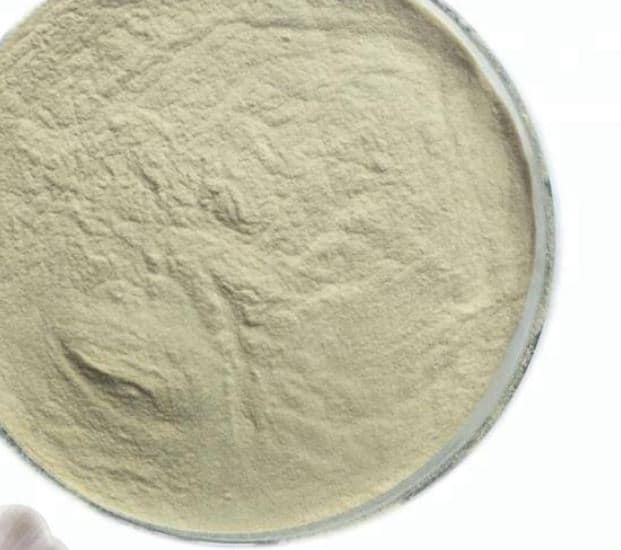Pharmaceutical Aids Definition: The elements having little or no therapeutic value, but are basically used in the production or compounding of various pharmaceutical dosage forms are known as pharmaceutical aids. In this article, we will explore the definition, types, importance, benefits, challenges, safety considerations, and regulations.

Role of Pharmaceutical Aids
Pharmaceutical aids play a critical role throughout the lifecycle of a pharmaceutical product as follows:
- They modify the API’s solubility and bioavailability.
- They help APIs to maintain their polymorphic forms.
- They help the liquid dosage form in maintaining its pH.
- They improve patient compliance
- They act as an antioxidant, emulsifying agents, tablet binders,s, and tablet disintegrants.
- They make up the bulk of a potent drug formulation to obtain accurate dosage forms.
Ideal characteristics
The ideal characteristics of Pharmaceutical aids should be as follows:
- They should not be reactive and inert
- Non-toxic
- Economical
- Acceptable organoleptically
- Chemically stable
Classifications of Pharmaceutical Aids
On the basis of their origin, dosage forms and functions of pharmaceutical aids are classified as follows with examples:
Based on their origin:
a) Animal Source: Lactose, Gelatin, Stearic acid, Beeswax, honey, musk, lanolin, etc.
b) Vegetable source: Starch, peppermint, Turmeric, Guargum, Arginates, Acacia, etc.
c) Mineral Sources: Calcium phosphate, silica talc, calamine, kaolin, paraffin, etc.
d) Synthetic source: Baric acid, saccharin, lactic acids, povidone, polysorbates, etc.
Based on Dosage forms
a) Pharmaceutical aids used in solid dosage form
i) Diluents: Lactose, Sorbitol etc.
ii) Binders: Acacia, Gelatin, etc.
iii) Lubricant agents: Talc, stearic acid
iv) Organoleptic Agents (Coloring, Flavoring and Sweetening agents)
b) Pharmaceutical aids used in liquid dosage form
i) Solvents: Water, alcohol, acetic acid, etc.
ii) Buffers: Phosphate buffers
iii) Anti-microbial: Benzyle alcohol
iv) Coloring agents: Amaranth, Eosin
v) Sweetening agents: Sucrose and saccharin
vi) Flavouring agents: Aromatic and water
c) Pharmaceutical aids used in semi-solid dosage from:
i) Preservatives: Benzyle alcohol
ii) Anti-oxidants: Ascorbic acid
iii) Suppository base: Cocoa butter
Importance of Pharmaceutical Aids
Pharmaceutical aids have many important in the pharmaceutical industry. Here’s why they matter:
- They Enhancing Drug Formulations and, ensure that medications are safe, effective, and easy to administer.
- They contribute to patient comfort and acceptance by enhancing the taste, and texture properties of drugs.
- Aids like preservatives and stabilizers prevent contamination and maintain the drug integrity to ensure they remain safe and effective for patients.
Benefits
Pharmaceutical aids have several benefits as below:
- They help in enhancing drug stability, ensuring their potency and efficacy throughout their shelf life.
- They enhance patient acceptance and compliance by Improving the taste, and texture.
- Aids like excipients and solvents provide flexibility in drug formulation, allowing for a variety of dosage forms and administration routes.
- They also help in the optimization of drug delivery, ensuring the timely and targeted release of the drugs in the body.
Regulations and Standards
Pharmaceutical aids are subject to strict regulations and quality standards to ensure the safety and efficacy of medications. Regulatory bodies like the FDA and EMA have set guidelines and standards for the use of pharmaceutical aids. These regulations cover GMP, Pharmacopoeial Standards, Labeling, Documentation, and Risk assessments.
Conclusion
These are essential in the development and manufacturing of drugs. They are used to enhance drug stability, patient acceptance, and regulatory compliance.
FAQs
Ans: No, They are added to active ingredients to enhance the stability, Patient comfort, and sustainability of the drugs.
Ans: They are chosen to add to the formulation as per the regulatory guidelines.
Ans: They are regulated by authorities such as the FDA and EMA. They must meet specific quality standards and adhere to regulations outlined in GMP guidelines and pharmacopoeial monographs.

Naresh Bhakar is the Founder and Author at Pharmaguddu.com, bringing his extensive expertise in the field of pharmaceuticals to readers worldwide. He has experience in Pharma manufacturing and has worked with top Pharmaceuticals. He has rich knowledge and provides valuable insights and data through his articles and content on Pharmaguddu.com. For further inquiries or collaborations, please don’t hesitate to reach out via email at [email protected].
